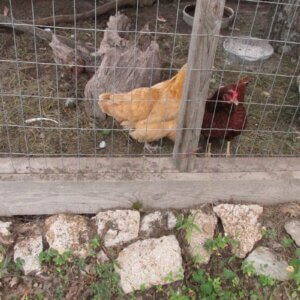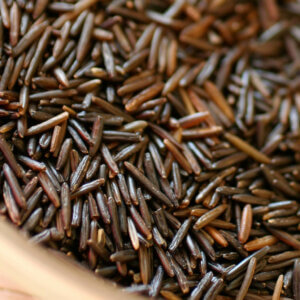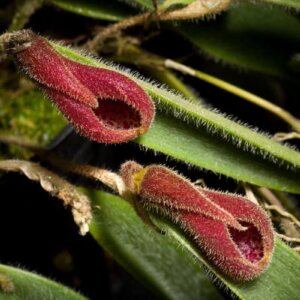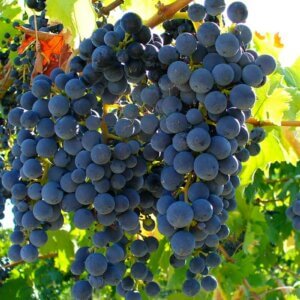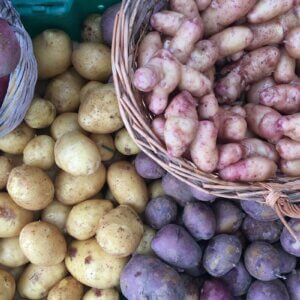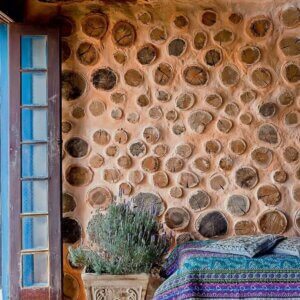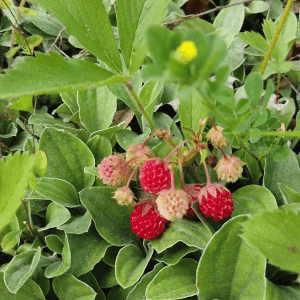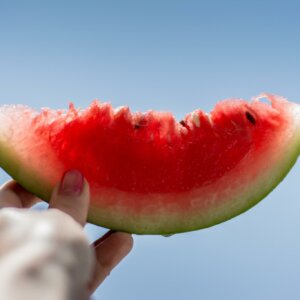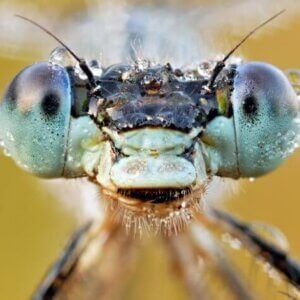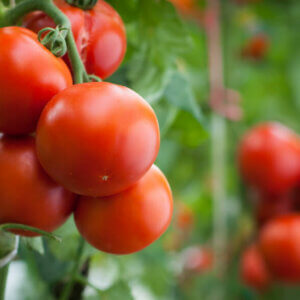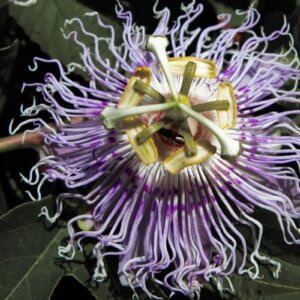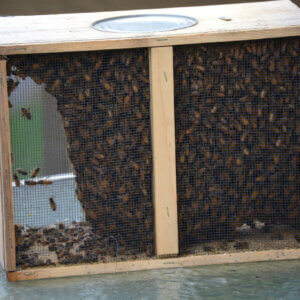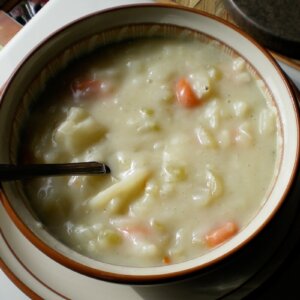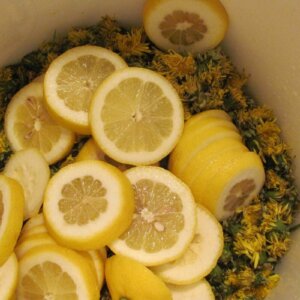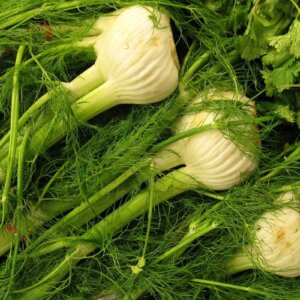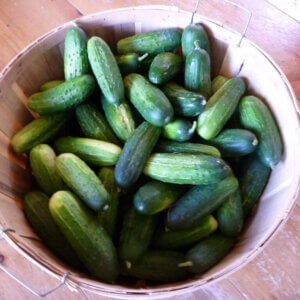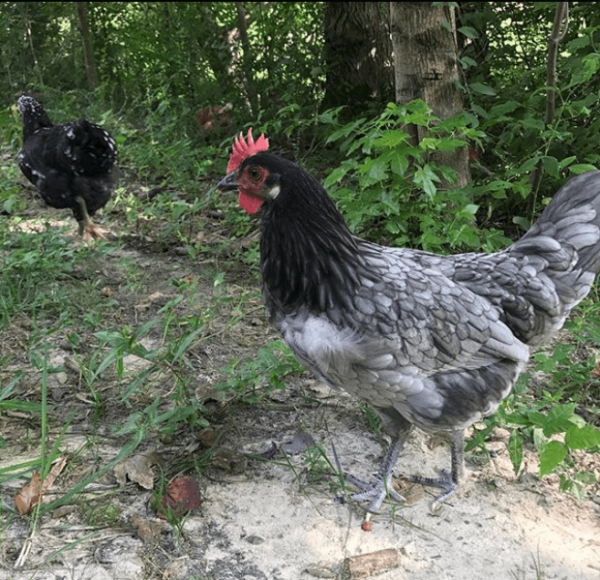
- Purpose: Layer
- Eggs: White
- Egg Size: Large
- Color: Blue, Blue-Grey, Black
- Comb Type: Single Comb
Hailing from the region of Spain that also gave us the gorgeous black horses of the same name, the Andalusian Chicken is a rare, beautiful breed with unexpected ties to the history of modern genetics.
These chickens are typically quite flighty and not fond of being carried and handled. Though owners report that they are friendly enough, if you’re looking for a little cuddling from your flock, the Andalusians are not the place to go.
If allowed to free-range, which is their ideal situation, they may even try to roost in trees at night.
Some keepers keep their bird’s wings clipped to prevent losing them to the branches, but you’ll want to make sure you only trim the fully-grown feathers of mature birds.
Additionally, they don’t stand confinement well, it may drive them to feather eating.
If you’re looking for a chicken who would be content with a small urban space, the much quieter Australorp or gentle Silkie may be the choice for you!
Characteristics
The Andalusian is an elegant sight to behold if you ever get to see one of these fairly uncommon birds. With blue-grey feathers tipped in black, and bright red combs, they are quite striking! As is typical of many Mediterranean breeds–of which the Andalusians are some of the oldest–they are great foragers and survivalists. They are also fantastic egg layers, producing chalky white eggs that match the white of their earlobes.
They may even lay eggs into the winter, which is always happy news for those looking for breakfast during those dark, winter days. Please remember, though, that most Mediterranean birds don’t handle cold very well. It should also be noted that while the cocks have a large, five-pointed comb that stands erect, and the hen’s comb characteristically flops over to one side like a comb-over.
What’s The Yield?
The active nature of the Andalusian hens means that they rarely, if ever, sit on their eggs. Good news for those looking for a steady production of large, white eggs! A healthy bird will typically give you three eggs a week. Though they’ll never be a heavy bird, they are large enough to be used as a source of meat. You can expect cocks to reach around 7 pounds and hens to reach 5 ½ pounds.
Mendel’s Choice
Though the Blue Andalusian is the only color accepted by the American Standard, other colors exist. In fact, because the slate-blue color only results from mating a black chicken with a white or white-splashed chicken, these were the chickens Gregor Mendel used in some of his famous experiments to understand genetics and heredity. Mating two blues together will result in a mix of all three potential colorations. If you want those eggs hatched naturally, however, you’ll need to find a surrogate mother, such as a Silkie or Orpington. Andalusians hardly ever go broody.
Pictures Of Andalusian Chickens
Resources:
- Andalusian, My Pet Chicken
- Andalusian, BackYard Chickens
- Andalusian, Henderson’s Handy Dandy Chicken Chart
- Chicken Breeds, Poultry Keeper
- Andalusian Chicken, Livestock Conservancy
- Blue Andalusian Chicken, Countryside Daily
- Andalusian, Omlet
- Andalusian, Chicken Heaven On Earth
- The Field Guide to Chickens, Pam Percy

